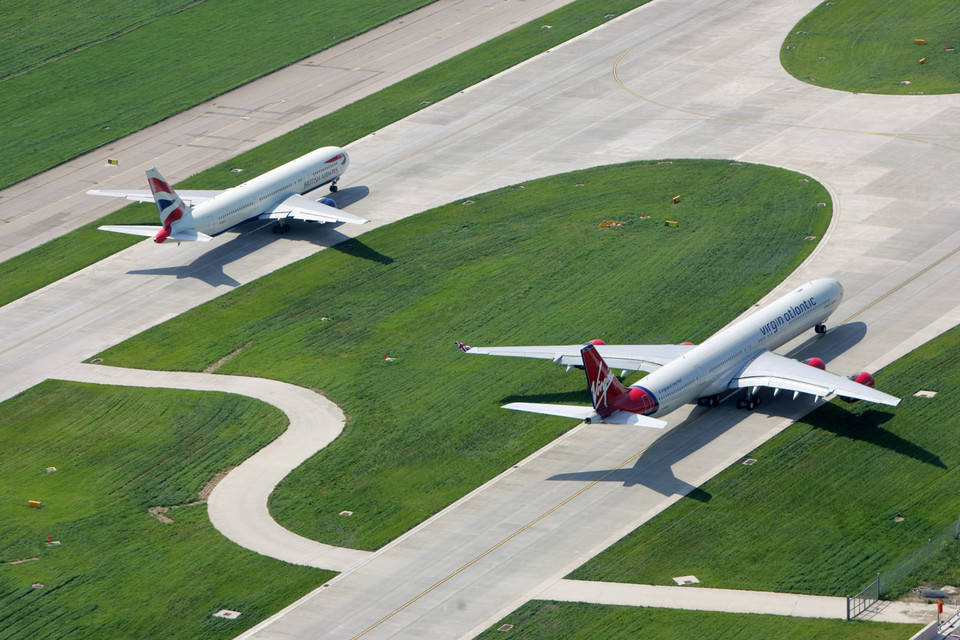European airport trade association ACI Europe has released its traffic report for 2016, when passenger traffic exceeded two billion for the first time. Amidst improving economic conditions, low oil prices and airline capacity expansion, passenger traffic across the European airport network posted an average growth of +5.1% for the full year – the third consecutive year in which growth has exceeded 5%. All of this growth was generated by the EU market (+6.7%).
According to ACI Europe, terrorist attacks took a toll on demand in Belgium, France and to a lesser extent Germany, but their impact remained local and had subsided by year-end. Europe was the fastest-growing region in the world in December, with +10.9%, ahead of Asia-Pacific (+9.6%).
Passenger traffic at non-EU airports slipped -0.9%, mainly due to falling traffic at Turkish airports (-6.6%) caused by terrorism and political instability. Traffic at Russian airports was also weak. The significant drop in leisure demand at Turkish airports contributed to the performance of the EU market, with this demand shifting to airports in Croatia, Cyprus, Bulgaria, Greece, Portugal, Romania and Spain. This helped most of these markets achieving double digit growth - along with Hungary, Ireland, Lithuania, Luxembourg and Poland.
Freight traffic grew across Europe’s airports by +4.1% - registering the best performance since 2010 and confirming improving economic conditions for Europe. Aircraft movements grew by +3.2%, reflecting significant airline capacity expansion compared to previous years.
The airport association identifies Low Cost Carriers (LCCs) as the main drivers of passenger traffic growth in 2016, on the back of their successful move upmarket, the development of low cost spinoffs by Full Service Carriers and the emergence of long haul & low cost offerings.
As a result, passenger traffic growth tended to concentrate on secondary & emerging hubs as well as medium-sized airports, such as Lisbon (+11.7%), Dublin (+11.5%), Barcelona (+11.2%), Manchester (+10.8%) and Athens (+10.6%). Top performers included Keflavik (+40.4%), Berlin (+36.7%) and Sofia (+21.8%).
The top five European hubs significantly underperformed the European average, growing respectively by just +1.5% and +4.3%. Among the Majors, only Amsterdam-Schiphol reported significant growth (+9.2%), replacing Istanbul-Atatürk as the 3rd busiest European airport with 63.6 million passengers – behind London-Heathrow (75.7 million passengers, +1%) and Paris-Charles de Gaulle (65.9 million passengers, +0.3%).
ACI Europe sees the current growth dynamic holding up in the coming months, possibly until early Spring. Beyond that, potential disruptions include terrorism threats, increasing political instability both within and outside Europe and, of course, Brexit.

